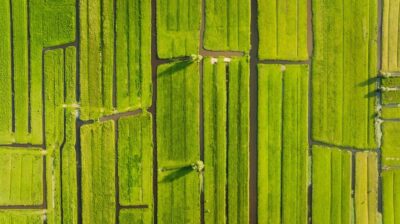Important notice
Please note that the images, figures, and tables for this Clinical case have not been added yet. We are actively working to digitise and include these materials from our past magazines.
Main content
Prof Ahmed Fahal, Mycetoma Research Center, Khartoum, was asked to re-view this case.
This is an interesting case as pain and difficulty in walking are not common presenting symptoms of mycetoma. It is not clear how deep the surgical biopsy was. The surgical biopsy should always be deep to contain an adequate quantity of grains and should be done in under general, spinal or re-gional anaesthe-sia. Excisional biopsy (wide local excision) is preferred. Local anaesthesia is not rec-ommended as to avoid a superficial biopsy.
The indication for amputation recommended by the attending surgeon is not clear. It is difficult to consider amputation in such patients without a good indication; this would include massive disease with bone affection not responding to pro-longed treatment, severe sepsis, massive disability, de-formity and the patient’s request. It was wise to take another deep biopsy and to request X-ray of the affected part to establish the diagnosis.
The patient was started on griseovulfine (an antifungal agent); without histopathological or culture evidence of eumycetoma such treatment can be harmful. Also note that ketoconazole, another anti-fungal agent, was banned by FDA due to its hepatic and adrenal toxicity. There was no need to this radical surgery and the skin graft cover as actinomycetoma responds well to medical (antibacterial) treatment that should include co-trimoxazole combined with an aminoglycoside in severe cases. In this case, the outcome at 1 month follow-up is satisfactory; prolonged follow-up for at least 12 months is advised to detect possible recurrence.

















































